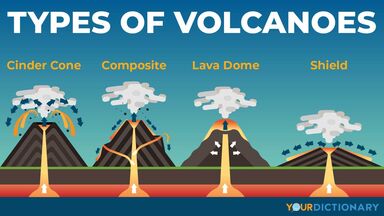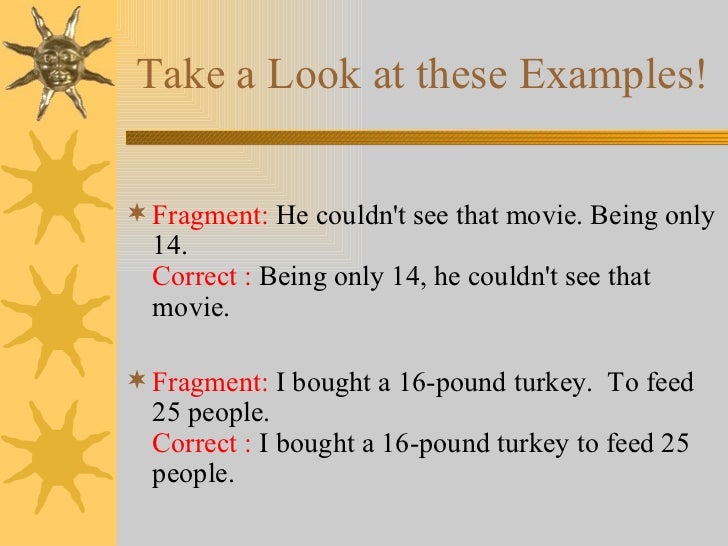

xml:id is one of the few generic XML attributes, e.g., xml:lang, which can be used without explicitly declaring a namespace.Notably they cannot begin with a digit or hyphen. In all XML document types including XHTML fragments corresponding to an xml:id or similar id attributes follow the Name-syntax and begin with a letter, underscore, or colon.If present name and id must be identical. The deprecated name attribute (allowed only for some elements) had a similar purpose in now obsolete browsers.Notably CSS display: block can be used to show content only if it is the target, and otherwise hidden by display: none. The appearance of the identified element can be changed through the :target CSS pseudoclass Wikipedia uses this to highlight the selected reference.

Graphical Web browsers typically scroll to position pages so that the top of the element identified by the fragment id is aligned with the top of the viewport thus fragment identifiers are often used in tables of content and in s.In URIs for MIME text/html pages such as the fragment refers to the element with id="bar".In an HTML web page, the agent will look for an anchor identified with an HTML tag that includes an id= or name= attribute equal to the fragment identifier. Instead, the agent waits for the server to send the resource, and then the agent processes the resource according to the document type and fragment value. When an agent (such as a web browser) requests a web resource from a web server, the agent sends the URI to the server, but does not send the fragment. The fragment identifier functions differently to the rest of the URI: its processing is exclusively client-sided with no participation from the web server, though the server typically helps to determine the MIME type, and the MIME type determines the processing of fragments. Web browsers typically display the top of the document for an empty fragment. In MIME document types such as text/html or any XML type, empty identifiers to match this syntactically legal construct are not permitted. Ī URI ending with # is permitted by the generic syntax and is a kind of empty fragment.

Clients are not supposed to send URI fragments to servers when they retrieve a document, and without help from a local application (see below) fragments do not participate in HTTP redirections. Fragments depend on the document MIME type and are evaluated by the client ( web browser). Query parts depend on the URI scheme and are evaluated by the server-e.g., http: supports queries unlike ftp. In URIs with a query and a fragment, the fragment follows the query. The generic RFC 3986 syntax for URIs also allows an optional query part introduced by a question mark ?. In URIs, a hash mark # introduces the optional fragment near the end of the URL.


 0 kommentar(er)
0 kommentar(er)
